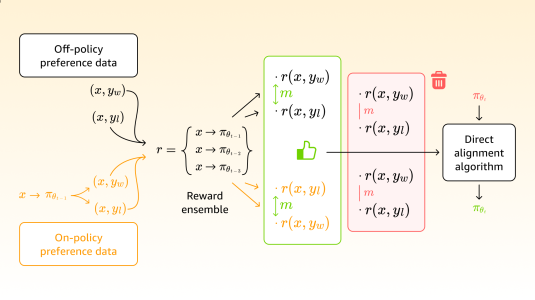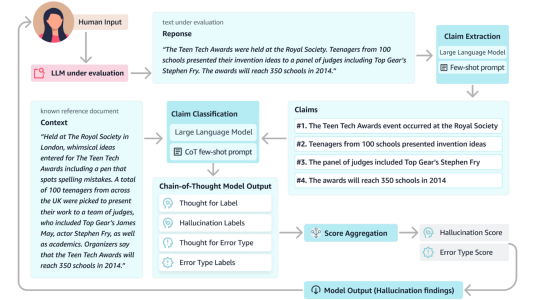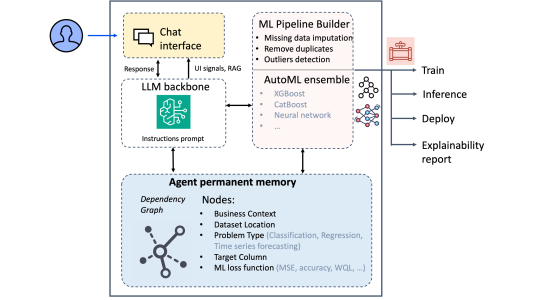Learning geospatially aware place embeddings via weak supervision
2022
Understanding and representing real-world places (physical locations where drivers can deliver packages) is key to successfully and efficiently delivering packages to customer’s doorstep. Prerequisite to this is the task of capturing similarity and relatedness between places. Intuitively, places that belong to a same building should have similar characteristics in geospatial as well as textual space. However, these assumptions fail in practice as existing methods use customer address text as a proxy for places. While providing the address text, customers tend to miss-out on key tokens, use vernacular content or place synonyms and do not follow a standard structure making them inherently ambiguous. Thus, modelling the problem from linguistic perspective alone is not sufficient. To overcome these shortcomings, we adapt various state-of-the-art embedding learning techniques to geospatial domain and propose Places-FastText, Places-Bert, and Places-GraphSage. We train these models using weak-supervision by innovatively leveraging different geospatial signals already available from historical delivery data. Our experiments and intrinsic evaluation demonstrate the significance of utilizing these signals and neighborhood information in learning geospatially aware place embeddings. Conclusions are further validated by observing significant improvements in two domain specific tasks viz., Pair-wise Matching (recall@95precision improves by 29%) and Candidate Generation (avg recall@k improves by 10%) as evaluated on UAE addresses.
Research areas




